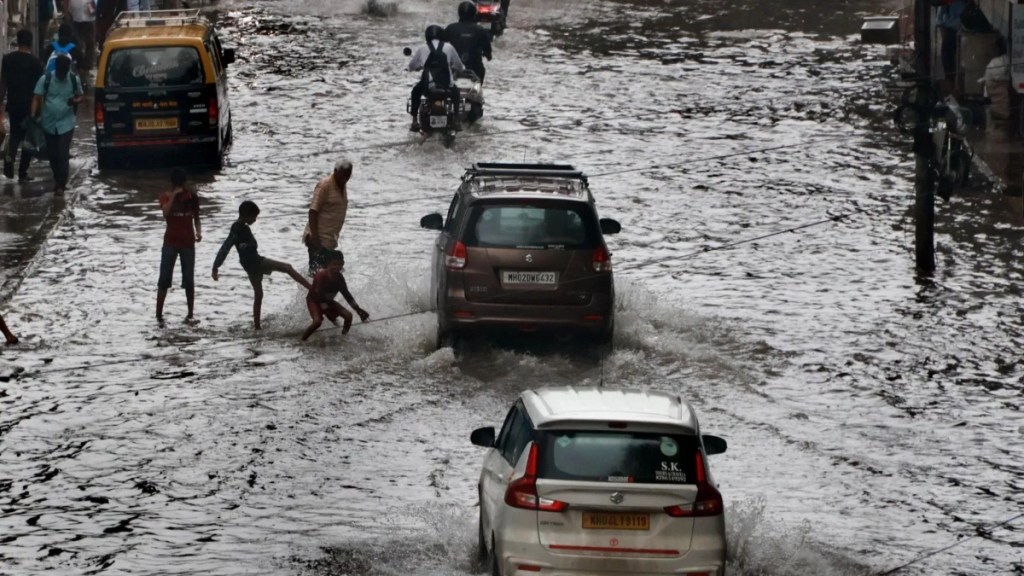The Monsoon season has been testing India’s infrastructure this year. From Delhi airport roof collapse to over 10 bridges collapsing in Bihar in a matter of days, the safety and integrity of these structures has become a matter of concern.
To tackle the issue of waterlogging on National Highways during the monsoon season, NHAI has implemented various flood preparedness measures and established an emergency response system for highways nationwide.
In a recent press release, the MoRTH said that the NHAI is employing a multi-pronged strategy to provide effective solutions in both hilly and plain regions by working closely with other executing agencies, local authorities, and administration. This collaboration ensures rapid mobilisation of machinery and manpower to flood- and landslide-affected areas. Additionally, to enhance disaster preparedness, NHAI is mapping the availability of essential machinery for timely deployment.
Waterlogging and National Highways
Joint inspections are conducted by the NHAI along with the state irrigation department to ensure that the newly built national highways are not hindering the flow of the running channel/stream.
Recently, the Delhi-Katra Expressway and other projects saw a special drive in consultation with irrigation department.
Additionally the ministry said that the National Highways which pass through urban areas will have pumping arrangements on sections prone to waterlogging. Besides this, Advanced Traffic Management System (ATMS) and Rajmaargyatra app will be employed to communicate information to NH users regarding any hindrance.
Emergency response team
The ministry said that a dedicated Emergency Response Team, having sufficient manpower and machinery, have been mobilised in hilly regions at sites prone to landslides. This approach ensures the immediate removal of debris from National Highways, maintaining 24×7 connectivity and enabling safe, smooth traffic flow. Additionally, temporary barriers and warning signs have been installed at each landslide-prone area to facilitate safe traffic movement.
To implement preventive measures, NHAI identifies vulnerable locations likely to be severely affected by floods, landslides, rockfalls, and sinking zones. NHAI officials inspect various structures with a history of flooding to identify any damage to the abutments and piers of bridges. Warning signs will be installed at these vulnerable locations to caution road users.
In areas where the National Highway might be blocked by large landslides, an alternative diversion plan has been developed in coordination with the District Administration. Additionally, NHAI is piloting geotechnical instrumentation, including real-time monitoring at some vulnerable slopes and tunnels.
With the advancement of the monsoon across India, NHAI has initiated multiple proactive steps to ensure flood preparedness and enable emergency response. These measures aim to provide a seamless travel experience for National Highway users during the monsoon season.
